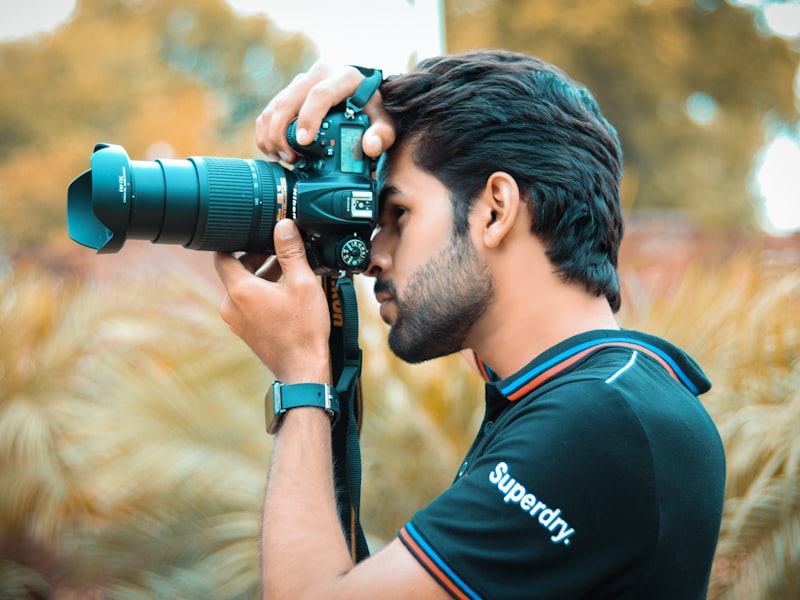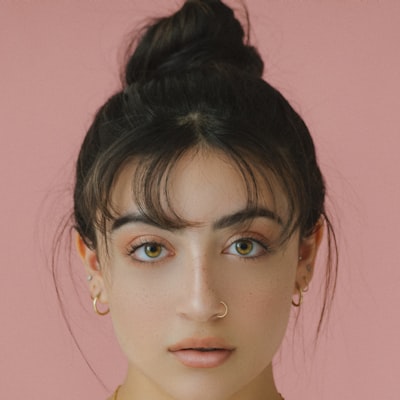The Greatest Guide To Exploring the Benefits of Natural Fabrics in Yoga Clothing

Understanding the Stretchability of Fabric in Yoga Clothing
Doing yoga has become increasingly prominent in latest years as a form of workout and leisure. One of the key components to a prosperous yoga technique is wearing the best clothes, particularly clothing that enables for ease of motion and adaptability. This is where the stretchability of fabric in yoga exercise clothes happens in to play.
The stretchability of fabric refers to its potential to extend and come back to its authentic form without dropping integrity or becoming distorted. In doing yoga, where a broad array of motion is required, it is crucial that the cloth made use of in clothing has really good stretchability residential properties.
There are many factors that contribute to the stretchability of textile. The very most essential factor is the type of fiber utilized. Read This as cotton, bamboo, and hemp have fundamental stretchability due to their molecular construct. These threads are able to expand and acquire along with movement, making it possible for for greater flexibility in the course of yoga posture.
Artificial fibers such as rayon, nylon material, and spandex additionally use great stretchability residential properties. These fibers are commonly blended with natural fibers to produce materials that incorporate each comfort and versatility. Polyester gives toughness while nylon material adds stamina and suppleness. Spandex, additionally understood as Lycra or elastane, is strongly flexible and can easily flex up to five times its original span without dropping design.
An additional significant factor in establishing cloth stretchability is the building and construction or weave of the textile. Knit cloths are commonly more springy than woven fabrics due to their intertwining loophole structure. Knit cloths allow for more significant freedom of activity as they can increase in all instructions.

The weight or density of the cloth likewise impacts its stretchability. Lighter body weight textiles usually tend to possess even more give than larger weight cloths because they are less restrictive on motion.
Furthermore, finishes applied to cloth may boost or impair its stretchability residential properties. Specific appearance like silicone softeners can help make a textile really feel smoother but may decrease its ability to flex properly. On the other palm, moisture-wicking surface can easily enrich the stretchability of cloth by allowing it to relocate extra easily versus the skin.
When choosing yoga clothes, it is significant to consider the amount of stretchability required for your technique. If you are a newbie or prefer much less rigorous doing yoga designs such as Hatha or Restorative, materials with mild stretchability may be sufficient. However, if you practice even more energetic types like Vinyasa or Ashtanga, materials along with high stretchability are suggested to guarantee simplicity of motion and prevent constraints.
To determine the stretchability of a textile, it is useful to perform a straightforward exam. Gently take on the textile in different directions to see how a lot it stretches and how swiftly it returns to its original shape. A excellent yoga exercise fabric ought to have enough provide to enable for movement but also possess sufficient healing so that it does not become stretched out or distorted over time.
In verdict, understanding the stretchability of cloth in doing yoga clothes is critical for a comfy and effective method. The type of fiber made use of, building or weave, weight/density, and appearance applied all add to a textile's stretchability properties. Through deciding on cloths that supply optimum adaptability and durability, fakir can easily delight in their method along with ease and assurance.
800 phrases
